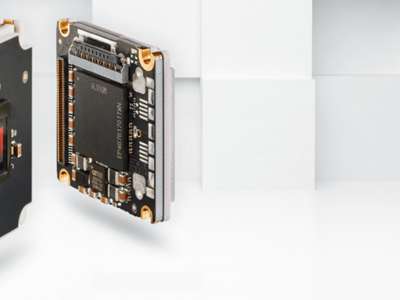Understanding Embedded Vision: Trends, Challenges, and Opportunities
To grasp the trends, challenges, and opportunities surrounding embedded vision, it’s essential to start with a clear understanding of what embedded vision entails. In essence, embedded vision represents the convergence of two distinct fields:
- Embedded systems: These are compact computing devices designed for integration into larger systems such as cars, robots, security terminals, or vending machines. They are typically small, lightweight, and low-cost, often powered by batteries (e.g., video doorbells or body cameras).
- Computer vision: This field emerged from artificial intelligence experiments aimed at replicating human visual perception for analysis tasks, utilizing cameras and algorithms developed for diverse mathematical operations.
The Rise of Embedded Vision
Over the past few years, embedded systems have increasingly demanded more powerful cameras and algorithms to run directly on these devices—enabling applications like facial recognition or deep learning. This evolution has given rise to embedded vision, focused on interpreting and explaining images and videos within an embedded system.
Designers integrating vision into embedded systems face several challenges, particularly regarding camera selection. A primary question involves how much image processing should occur in the camera versus on the embedded board. Cameras for embedded applications typically handle minimal image processing due to their limited feature sets compared to machine vision cameras. They deliver a basic image to the board, requiring further processing tasks that strain the CPU and reduce capacity for other functions.
Another challenge lies in navigating standard interfaces like USB, LVDS, MIPI CSI-2, or PCI Express. Developers must find suitable interfaces with minimal effort implementation. While USB remains popular, its packet-handling requirement imposes significant CPU overhead—up to 30% less than using the MIPI CSI-2 interface (now used in hundreds of millions of devices). The MIPI CSI-2 standard is optimized by the MIPI Alliance for continuous improvement.
Comparing Embedded Vision and Machine Vision
Although embedded vision continues rapid development, it won’t entirely replace machine vision or PC-based systems. These platforms retain advantages in processing power (CPU/GPU) making them preferable for complex algorithms while providing flexibility often lacking in dedicated embedded systems designed for single functionalities with limited upgrade potential. However, the lower initial costs of embedded systems compared to PCs will likely accelerate their adoption as performance improves.
The Future Looks Bright
Embedded vision shares similarities with computer and machine vision but offers distinct advantages for evolving consumer and industrial applications. This has spurred innovation across cameras, processors, and software algorithms—creating a promising market trajectory based on semiconductor industry investment.
Last Updated: 2025-09-04 17:32:25
